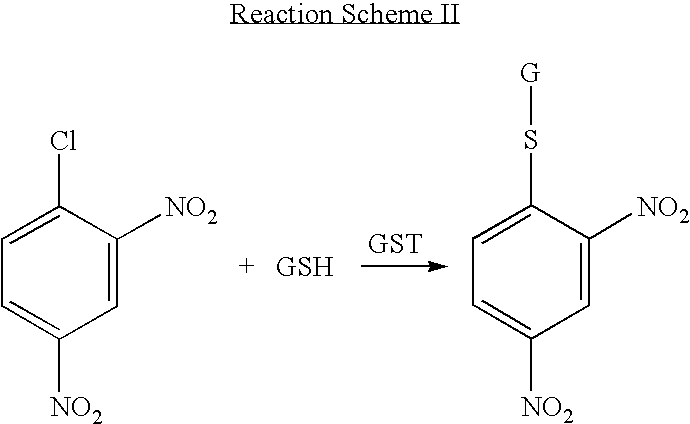Anti-cancer activity augmentation compounds and formulations and methods of use thereof
a technology of anti-cancer activity and compound, which is applied in the direction of biocide, heavy metal active ingredients, drug compositions, etc., can solve the problems of dna fragmentation, cellular toxicities, and cellular toxicities, and achieve the effects of reducing anti-oxidative capacity, reducing anti-oxidative capacity, and reducing the cytotoxic
- Summary
- Abstract
- Description
- Claims
- Application Information
AI Technical Summary
Benefits of technology
Problems solved by technology
Method used
Image
Examples
Embodiment Construction
[0050]The descriptions and embodiments set forth herein are not intended to be exhaustive, nor do they limit the present invention to the precise forms disclosed. They are included to illustrate the principles of the invention, and its application and practical use by those skilled in the art.
Definitions
[0051]“Scaffold” or “generic structural formula” means the fixed structural part of the molecule of the formula given.
[0052]“Nucleophile” means an ion or molecule that donates a pair of electrons to an atomic nucleus to form a covalent bond; the nucleus that accepts the electrons is called an electrophile. This occurs, for example, in the formation of acids and bases according to the Lewis concept, as well as in covalent carbon bonding in organic compounds.
[0053]“Fragments”, “Moieties” or “Substituent Groups” are the variable parts of the molecule, designated in the formula by variable symbols, such as Rx, X or other symbols. Substituent Groups may consist of one or more of the follo...
PUM
| Property | Measurement | Unit |
|---|---|---|
| concentration | aaaaa | aaaaa |
| time | aaaaa | aaaaa |
| time | aaaaa | aaaaa |
Abstract
Description
Claims
Application Information
 Login to View More
Login to View More - R&D
- Intellectual Property
- Life Sciences
- Materials
- Tech Scout
- Unparalleled Data Quality
- Higher Quality Content
- 60% Fewer Hallucinations
Browse by: Latest US Patents, China's latest patents, Technical Efficacy Thesaurus, Application Domain, Technology Topic, Popular Technical Reports.
© 2025 PatSnap. All rights reserved.Legal|Privacy policy|Modern Slavery Act Transparency Statement|Sitemap|About US| Contact US: help@patsnap.com



